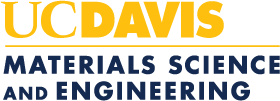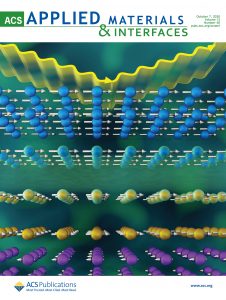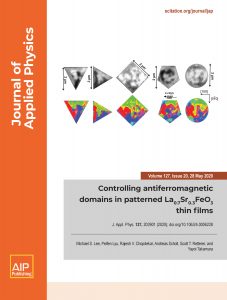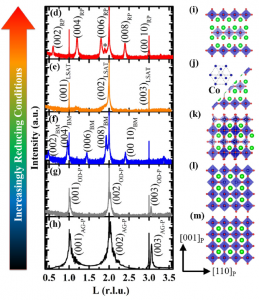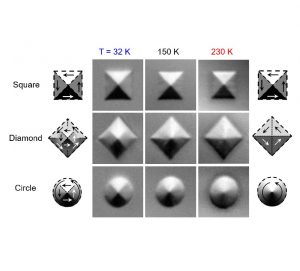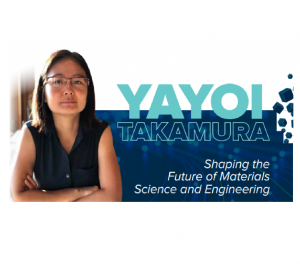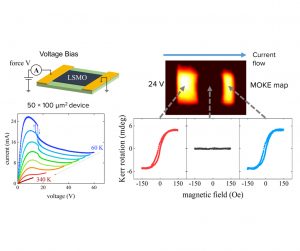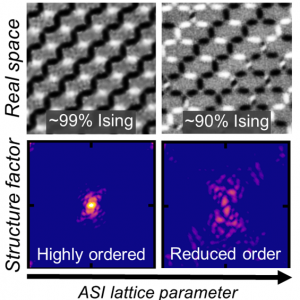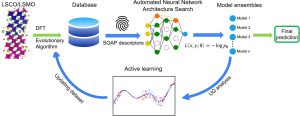Research Interests
The development of next generation spintronic devices, sensors, and neuromorphic computing devices requires the development of materials with new functional properties not found in conventional bulk materials. A novel route involves harnessing the unexpected physical phenomena that result from the changes in structure and chemistry which occur over nanometer scales at surfaces and interfaces. The approach of this work utilizes laser-assisted growth to control interfacial properties with atomic layer precision in combination with state-of-the-art techniques for characterizing the structural, chemical, magnetic, and electrical properties. In this way, a full understanding of the origins of new magnetic and electronic properties derived from interfacial mechanisms can be determined.
Click the images below for full sized images of recent research highlights.
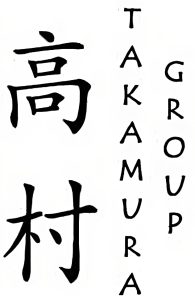
Complex Oxide Materials
The materials of interest to this research program, both for a fundamental materials understanding and a technological prospective, include the family of complex oxide materials. The complex oxides (e.g., perovskites and spinel structured materials) have received renewed interest due to their diverse and tunable magnetic, electronic, and optical properties. In terms of magnetic and electronic properties, the important phenomena including colossal magnetoresistance and predictions that they are half-metallic (i.e., possess a complete spin polarization of the carriers). Sophisticated multi-functional devices can be envisioned by making use of the coupling between layers with different functionalities (e.g., ferromagnetism, magnetostriction, and piezoelectricity) or by harnessing new physical properties which arise at the interfaces between two different materials. For example, a number of research groups across the world have shown that the interface between SrTiO3 and LaAlO3, two non-magnetic insulators, can host a 2D electron gas with metallic conductivity, and can display magnetism or superconductivity. Our aim is to gain an understanding of the origins of these effects and to identify other systems where similar new phenomena can be found. Current projects focus on materials for antiferromagnetic spintronics as well as magneto-ionics where the magnetic properties of complex oxides can be modified through the control of the oxygen ion concentration and ordering.
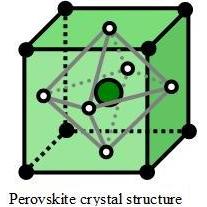
Non-equilibrium thin film growth techniques: Pulsed Laser Deposition
From a materials science point of view, the use of non-equilibrium synthesis techniques such as pulsed laser deposition permits the development of materials that would otherwise be unachievable because they are not thermodynamically stable. Advantages of this technique include stoichiometric transfer of target material, the ability to create high quality, epitaxial films and superlattice structures with layer-by-layer control, and the ability to quickly sample a wide range of materials and deposition parameters to tailor their properties.
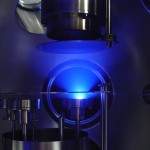
Nanoscale Patterning Techniques
Understanding the nature of the physical properties at surfaces and interfaces of materials is particularly important as the size of structures decreases down to the nanometer scale and surface effects dominate over bulk effects. Previously, using a “top-down” approach of e-beam lithography and ion implantation, we successfully demonstrated the formation of ordered arrays of sub-micron sized composite structures where magnetic islands were embedded in a paramagnetic matrix based on a localized structure distortion. Imaging of the domain patterns within the islands showed that these domain pattern can be controlled through the size and the shape of the islands, the choice of substrate orientation, and the film thickness. In this work, we will investigate combined top-down/bottom-up approaches to achieve ordered arrays on the nanometer length scale to determine how parameters such as their size and shape affect their properties and ultimately their applicability for device applications.

Thin Film Characterization Techniques
An important cornerstone to this research program involves the use of sophisticated characterization techniques to probe the structural, magnetic, and electronic properties of thin films, heterostructures, and nanocomposites. The global characteristics of the film are measured using techniques such as high-resolution x-ray diffraction, Rutherford backscattering spectrometry, magnetometry measurements, and electrical transport measurements. Furthermore, local probes such as (scanning) transmission electron microscopy and synchrotron radiation-based techniques such as x-ray magnetic dichroism and photoemission electron microscopy which probe the surface chemical and magnetic properties with element specificity. These characterization techniques combined with the precise growth by PLD provide a means of gaining a fundamental understanding of surface and interfacial effects which can be harnessed towards the control of the multifunctionality of materials systems.
